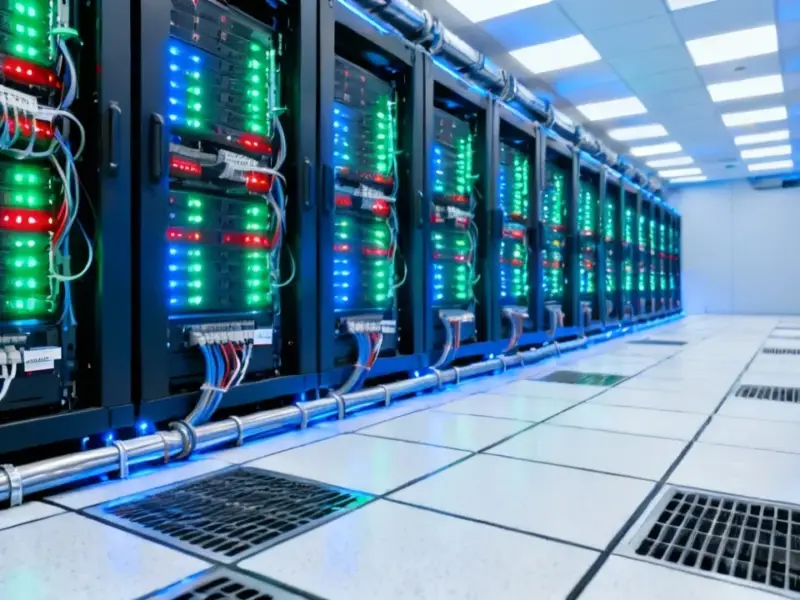According to POWER Magazine, data centers now regularly exceed 100 megawatts per site in electricity demands, making energy access the single most important factor in siting decisions. Natural gas supplies over 40% of U.S. electricity, and developers are increasingly clustering facilities near gas-rich regions like Texas’s Permian Basin, Appalachia’s Marcellus and Utica shales, and the Gulf Coast’s LNG terminals. These locations offer stable dispatchable energy and leverage existing pipeline infrastructure, but introduce complex legal terrain spanning energy regulation, environmental compliance, and land use. Key regional hubs include Texas’s ERCOT market, Appalachian brownfield sites, and Midcontinent regions with streamlined siting procedures. The strategy activates regulatory obligations from FERC to state utility commissions and requires sophisticated contracting around power purchase agreements and gas tolling arrangements.
The Energy Reality Check
Here’s the thing about data centers – they’re basically power plants that happen to run computers. When you’re dealing with facilities that could power small cities, you can’t just plug into any old grid connection. Natural gas offers that rare combination of reliability, scalability, and cost predictability that these energy-hungry beasts desperately need.
But this isn’t just about finding the nearest gas field. The legal and regulatory landscape varies wildly depending on which gas-rich region you’re targeting. Texas’s ERCOT market gives developers incredible flexibility but exposes them to those famous price spikes during heat waves. Meanwhile, Appalachian projects face a patchwork of state-level environmental approvals that can make your head spin.
Navigating the Regulatory Maze
So what exactly are developers signing up for when they plant their data centers near gas resources? Basically, they’re activating what amounts to a regulatory minefield. We’re talking FERC oversight for interstate power sales, state utility commission approvals, Clean Air Act permitting, and local zoning battles over industrial-scale facilities.
The contracting alone is enough to keep armies of lawyers employed. Power purchase agreements and gas tolling arrangements have to account for potential price volatility, interruption contingencies, and evolving emissions regulations. And now with proposed SEC climate disclosure rules, operators face growing pressure to be transparent about their carbon footprint even while relying heavily on fossil fuels.
The Hybrid Energy Future
Look, nobody’s pretending that running data centers on natural gas alone is a long-term sustainability play. That’s why we’re seeing this interesting shift toward hybrid strategies. Developers are incorporating renewable energy credits, carbon offsets, and on-site solar or battery storage to mitigate their carbon exposure.
But here’s the billion-dollar question: Can you really have your cake and eat it too? Can you leverage the reliability of natural gas while meeting increasingly aggressive ESG commitments? The legal teams advising these projects are now having to become experts in carbon accounting and ESG reporting alongside traditional energy law. It’s a whole new skillset requirement that didn’t exist a decade ago.
The Landscape Is Shifting
Now for the really interesting part – this whole strategy might be living on borrowed time. States like Oregon, Virginia, and Illinois are already considering restrictions on fossil-fueled generation for new data centers. Meanwhile, federal incentives under the Inflation Reduction Act are making renewable energy and storage technologies increasingly competitive.
Still, the practical reality is that natural gas isn’t going anywhere soon. The need for uninterrupted baseload power is just too critical for AI training clusters and cloud infrastructure. But the legal environment is definitely evolving, and developers who don’t adapt their strategies accordingly could find themselves stuck with stranded assets or regulatory headaches down the road. The race is on to balance traditional energy reliability with the coming wave of decarbonization policy.




